상세 컨텐츠
본문
현재 서울에는 27만 명에 이르는 외국인이 거주하고 있습니다. 2017년 11월 주민등록인구 기준에 따르면 중국 국적이 67.6%로 가장 많고, 다음으로 베트남(4.9%), 미국(3.5%), 대만(3.3%), 일본(3.2%) 출신 순이라고 합니다. 서울로 이주한 외국인이 늘면서 자연스럽게 같은 국가 출신들이 모여 사는 마을이 형성되었는데요, 서울의 대표적인 외국인 마을에는 '이태원 무슬림 마을', '가리봉동과 대림동의 차이나타운', '혜화동 필리핀 마을', '창신동 네팔 골목', '광희동 중앙아시아 마을', '프랑스 서래마을'이 있습니다.
There are currently around 270,000 foreigners living in Seoul. According to resident registration data as of November 2017, Chinese nationals make up the largest group at 67.6%, followed by Vietnamese(4.9%), American(3.5%), Taiwanese(3.3%), and Japanese(3.2%). As the number of foreign residents in Seoul has incresed, naturally, villages and communities where people from the same countries gather have formed. Some of the representative foreign villages in Seoul include "Itaewon Muslim Village," "Garibong-dong and Daerim-dong Chinatown," "Hyehwa-dong Phillippine Village," "Changsin-dong Nepal Alley," "Gwanghui-dong Central Asia Village," and "France Seorae Village."

이태원 무슬림 마을
이태원은 가까운 곳에 미군 기지가 생긴 뒤부터 외국인 대상의 쇼핑과 관광 명소로 자리잡기 시작했는데요, 1960년대 이후 40여 개국의 공관들이 들어서고 외교관 거주지가 대규모로 개발되면서 현재 이태원은 한국 속의 작은 외국이 되었지요. 최근에는 이태원 주변에 형성되고 있는 무슬림 마을이 주목을 받고 있습니다.
Since the establishment of a nearby US military base, Itaewon has become a shopping and tourism destination for foreigners. After the 1960s, over 40 embassies were established and diplomatic residences were developed on a large scale, turning Itaewon into a small foreign world within Korea. Recently, the Muslim village forming around Itaewon has been gaining attention.
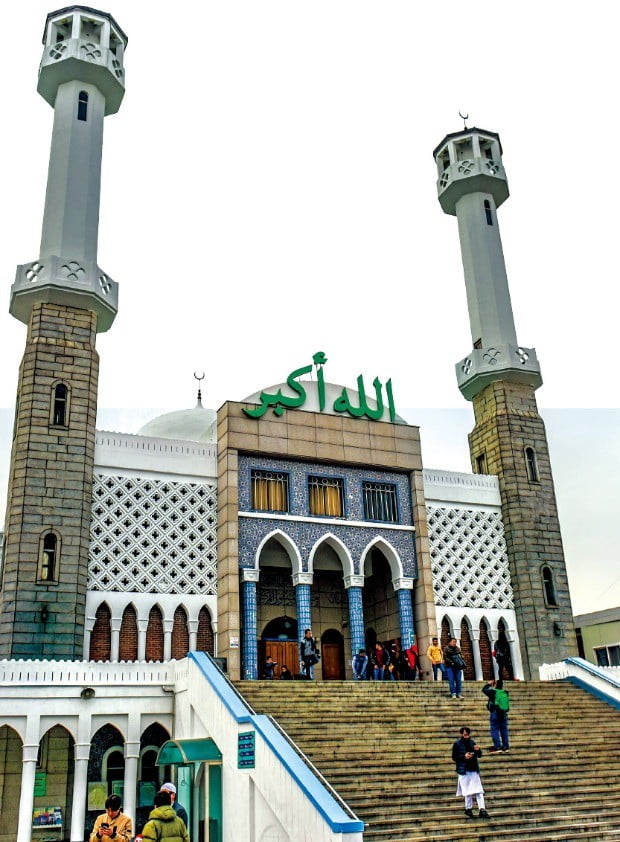
서울 용산구 이태원에 있는 우사단길 언덕을 오르면 서울에서 흔히 볼 수 없는 사원이 나옵니다. 60~70년대 당시 중동지역의 석유 가격이 치솟고, 한국의 노동자들이 중동 건설업 현장에 뛰어들면서 이슬람권 국가들과 수교를 맺었는데요, 이슬람 서울중앙성원은 이슬람교를 믿는 국가들과 우호 증진을 위해 1971년 한국에 세워진 최초의 이슬람 사원입니다. 사원예배당에서는 매일 오전 6시부터 11시까지 기도식이 열리며, 사원 2층 남자예배실과 3층 여자예배실에서 하루 다섯 번 예배를 봅니다. 예배당에는 누구나 들어갈 수는 있지만 신도가 아닌 사람이 들어가서 사진을 찍는 등의 관광 목적의 행위를 하는 것은 올바른 매너가 아니겠지요!
If you climb up Usadan-gil Hill in Itaewon, you will find a temple that is not commonly seen in Seoul. In the 1960s and 1970s, as oil prices skyrocketed in the Middle East, Korean workers rushed to constructions sites in the Middle East, Korea established diplomatic relations with Islamic countries. For the purpose of promoting friendship with countries that believe in Islam, the Seoul Central Mosque was established in 1971, the first Islamic temple in Korea. The prayer ceremony is held at the prayer hall every day from 6 a.m. to 11 a.m., and five prayers are held every day in the men's and women's prayer rooms on the 2nd and 3rd floors of the mosque. Anyone can enther the mosque, but it is not proper etiquette for non-believers to enter for touism purposes such as taking pictures.

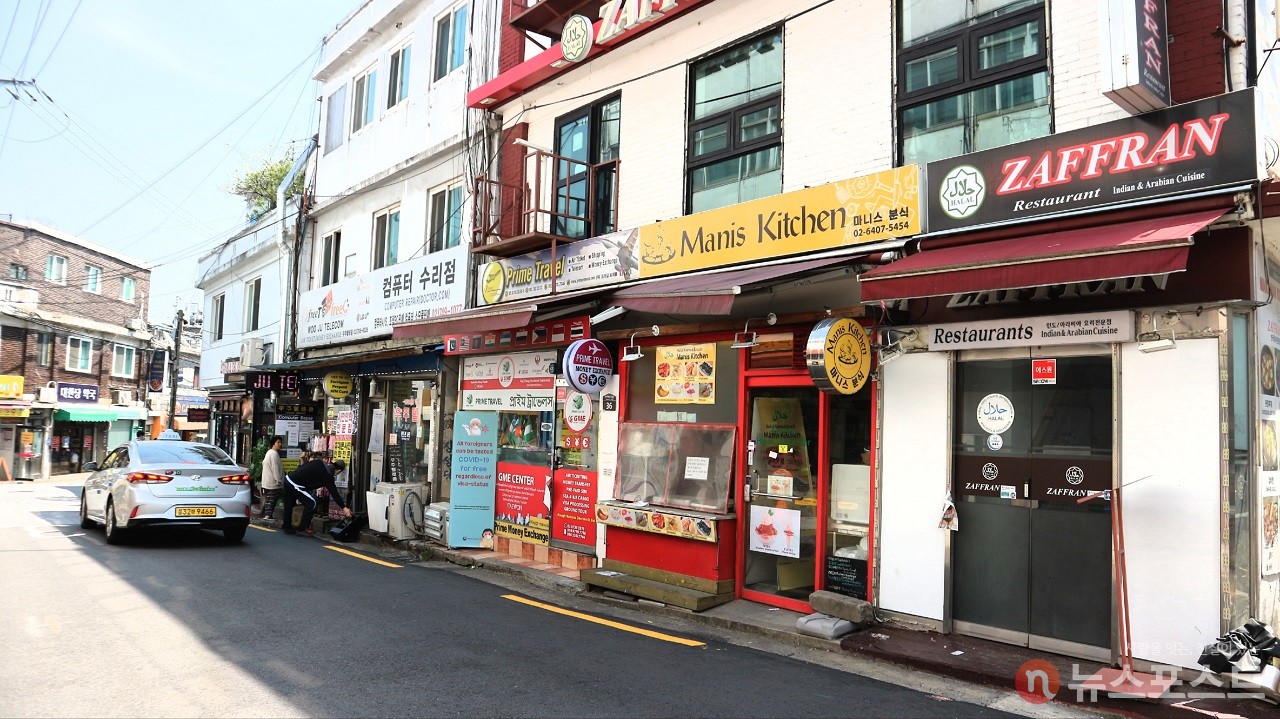
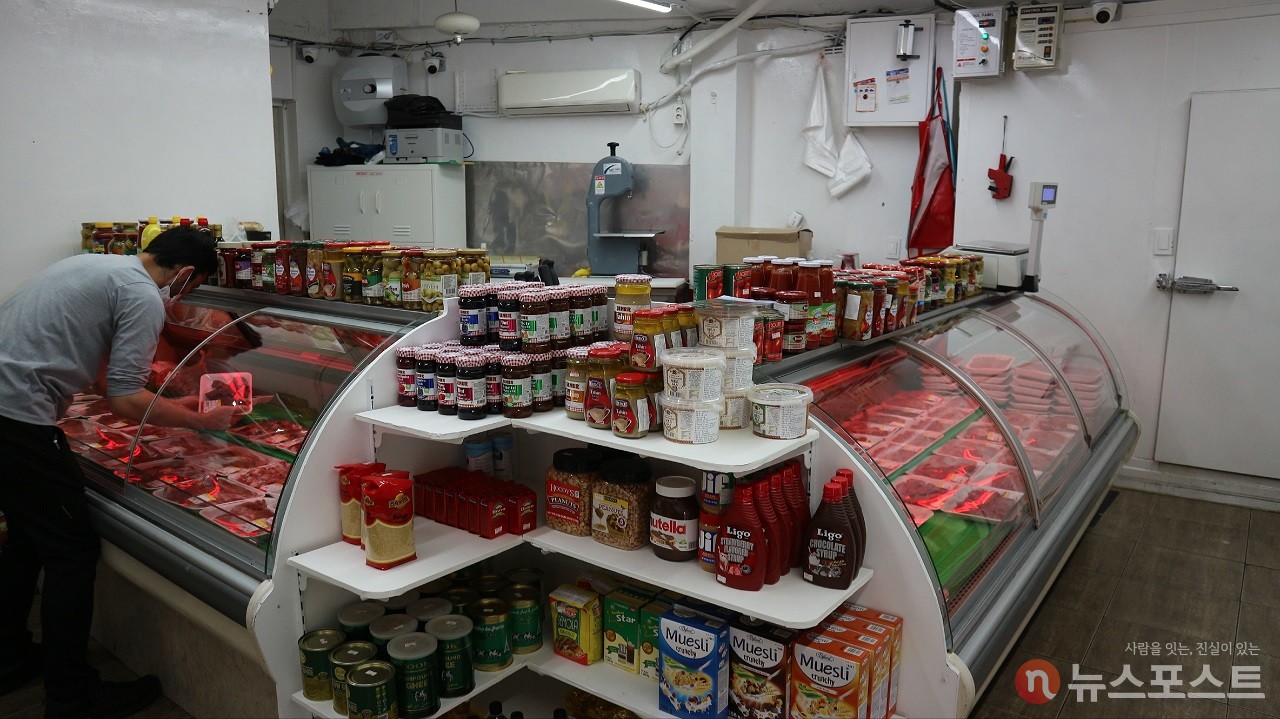
가리봉동 & 대림동 차이나타운
한국에서 가장 많이 알려진 차이나타운은 대표적으로 인천 차이나타운, 서울 구로구 가리봉동의 차이나타운, 그리고 영등포구 대림동 등입니다. 이 중에서도 서울 구로구 가리봉동은 대표적인 중국인 집단 거주지로 알려졌는데요, 1990년대 말부터 2000년대 초반까지 중국에서 수많은 조선족들이 이주하여 살기 시작하였습니다. 또한 영등포구 대림동은 최대의 중국인 마을로 알려져 있는데, 대림동의 차이나타운은 본래 가리봉동에서 건너온 사람들이 모여 형성된 것입니다. 이곳은 지하철 2호선과 7호선이 인접해 있어 교통이 편리하고 주변에 일자리도 풍부했습니다. 또 이곳이 도심에서 조금 떨어진 데다가 임대료가 저렴한 노후 주택도 많았기 때문에 돈을 벌기 위해 서울로 이주한 조선족과 중국인에게 아주 매력적인 곳이었을 것 같습니다. 현재는 예전처럼 이곳의 부동산이 마냥 저렴하지는 않지만 말입니다.
In Korea, the most well-known Chinatowns are Inchen Chinatown, Gribong-dong Chinatown in Guro-gu, Seoul, and Daerim-dong Chinatown in Yeongdeungpo-gu. Among these, Garibong-dong Chinatown is known as a representative residence of Chinese community. Since the late 1990s and early 2000s, many ethnic Koreans from China(Korean Chinese) have migrated and settled there. Daerim-dong Chinatown is also known as the largest Chinese community, and it was formed by people who moved from Garibong-dong. This area has easy access to transportation, as it is adjacent to subway lines 2 and 7, and there were plenty of job opportunities nearby. In addition, because this area was slightly away from the city center and had many old, affordable rental properties, it was a very attractive place for ethnic Korean from China and Chinese people who immigrated to Seoul to make money. Nowadays, the real estate prices in this area are not as cheap as they used to be.
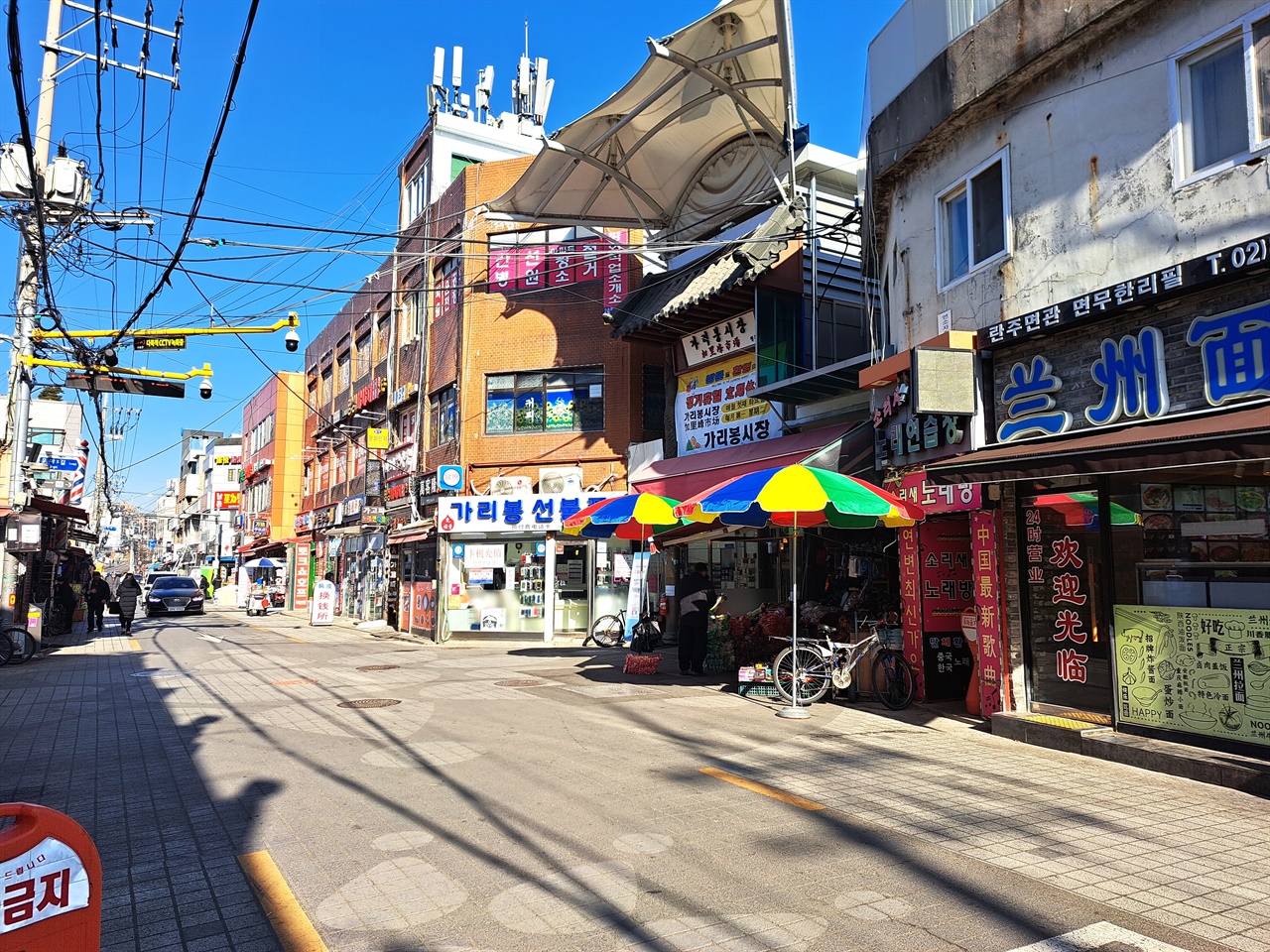

혜화동 필리핀 마을
조선 후기 성균관의 대학가였던 '반촌'에서는 천주교 비밀 모임이 있었습니다. 1909년 이곳에 독일 베네딕토회가 백동수도원을 설립하여 학교, 기숙사, 성당, 밭, 과수원 등 생활에 필요한 것을 갖춘 마을을 만들며 한 때 이곳은 '독일인 마을'이라 불리기도 했지요. 이후 독일인이 떠난 자리에 혜화동성당이 설립되었고 그곳에는 필리핀 천주교 신자들을 위한 미사의 장소가 되면서 현재의 '리틀마닐라'가 형성되기 시작했습니다.
In 'Banchon', which was the university town of Sungkyunkwan in the late Joseon period, there was a secret meeting place for Catholics. In 1909, the German Benedictine Order established Baek-dong Monastery here and created a village equipped with necessities such as schools, dormitories, a church, fields, and orchards. For a time, this place was also called the 'German Village'. After the German left, the Hye-hwa-dong Cathedral was established in the place, and it became a place for Mass for Filipino Catholics, leading to the formation of the current 'Little Manila.'
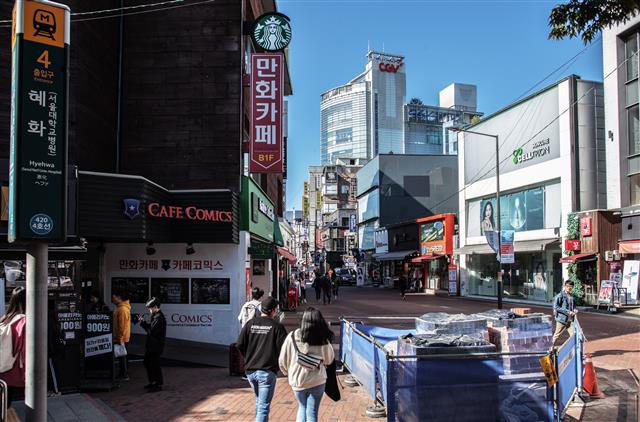

혜화동 성당 근처에는 일요일마다 필리핀 거리가 조성됩니다. 그 이유는 혜화동 성당에 필리핀에서 온 신부가 있었기 때문인데요, 필리핀의 80% 이상이 가톨릭 신자이고, 조국을 떠나 한국에 온 필리핀 사람들도 성당을 찾아서 미사를 드려야 하다보니 자연스럽게 필리핀 신부가 있는 이곳을 찾게 된 것입니다. 이 시장이 생겨난 시기는 1990년대 후반부터인데요, 워낙 많은 필리핀 사람들이 미사를 드리러 찾아오기 때문에 혜화동 성당 주변에는 자연스럽게 미사 시간에 맞춰 시장이 생긴 것이지요. 보통 오전 9시부터 17시까지 열리는데, 필리핀 음식은 물론 각종 생필품까지 살 수 있습니다.
Every Sunday, a Filipino market is held near Hyehwa-dong cathedral. The reason for this is because there was a Filipino priest at Hyehwa-dong Cathedral, and more than 80% of Filipions are Catholics, so Filipinos who come to Korea also naturally look for a place to attend Mass. The market started in the late 1990s, as so many Filipinos came to attend Mass that a market naturally formed around Hyehwa-dong Cathedral, in line with the Mass schedule. It usually opens from 9 a.m. to 5 p.m. and you can buy Filipino food as well as various daily necessilties.
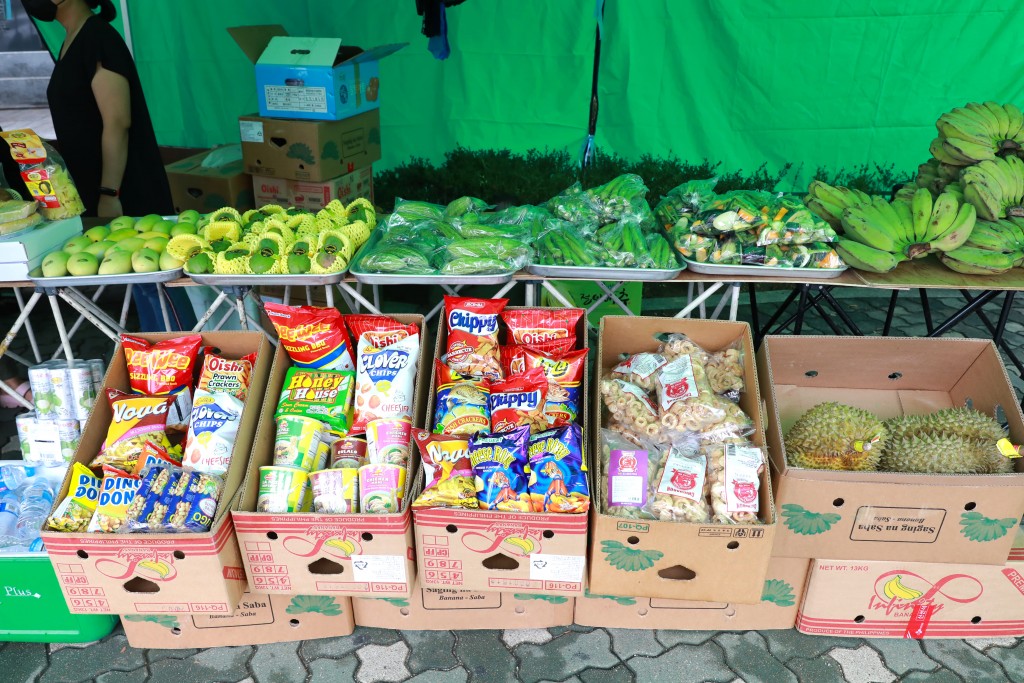
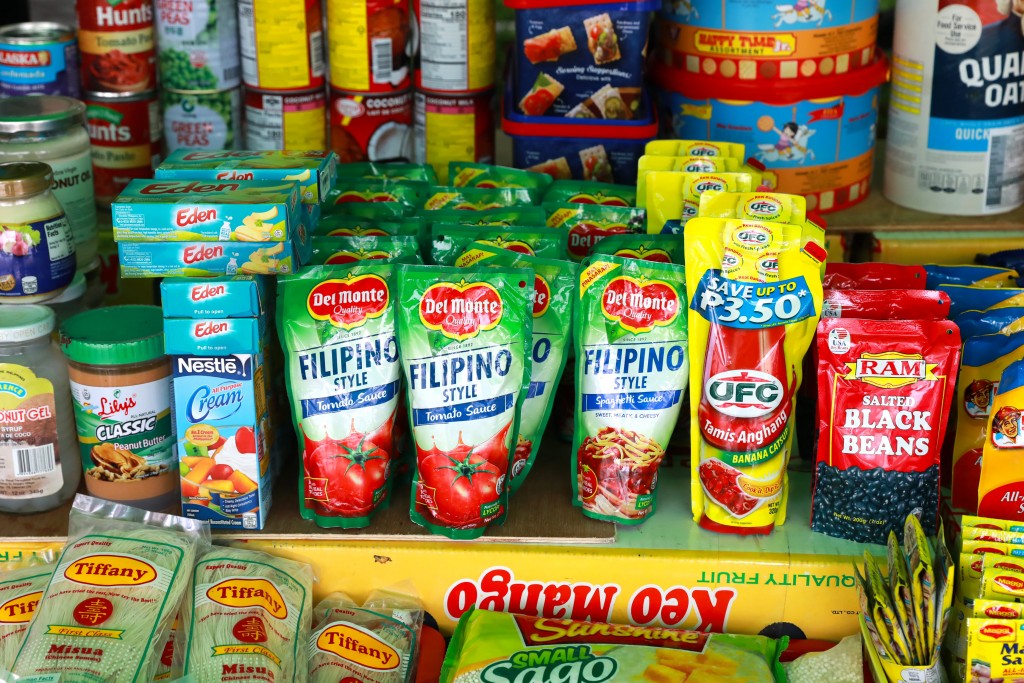
창신동 네팔 골목
지하철 1호선 동대문역 3번 출구로 나오면 왼쪽으로 창신동 시장 골목 입구가 보입니다. 한국인들은 매운 족발을 먹으로 이곳에 오곤 하지만, 네팔 사람들에게 창신동 시장 골목은 고향 사람들을 만나 회포를 푸는 공간입니다. 이 거리에는 유독 네팔 관련 상점들이 몰려 있는데요, 창신동 네팔 골목은 2000년대 초반 이 지역에 네팔 식당이 하나둘씩 생기면서 형성되기 시작했습니다. 대로변에는 네팔 사람들이 많이 보이지 않지만 네팔 골목 안쪽으로 들어가면 거리를 지나는 네팔 사람들과 쉽게 마주칠 수 있습니다. 이 골목에는 네팔 사람이 운영하는 네팔 전문 식당과 여행사, 마트, 휴대폰 판매점 등이 사이사이에 있습니다. 이런 상점들은 네팔어 간판을 달고 있고 또 네팔 국기까지 달아 두었기 때문에 한눈에 보아도 네팔 상점이라는 걸 알아차릴 수 있습니다. 그런데 최근 들어 맛있는 베트남 음식점들이 이곳에 들어 서고 있어서 많은 한국 사람들이 베트남 음식을 먹으러 찾기도 한다고 하네요.
When you come out of Exit 3 of Dongdaemun Station on Subway Line1, you'll see the entrance to Changsin-dong Market alley on your left. While Koreans often come here to eat spicy pork trotters, Chingsin-dong Market alley is a space where Nepali people come to meet their fellow countymen and unwind. This street is full of Nepali-related shops, and the Nepali alley in Changsin-dong began to take shape in the early 2000s as more and more Nepali restaurants opened in the area. While you may not see many Nepali people on the main road, once you enter the Nepali alley, you can easily come across Nepali people passing by. In this alley, there are Nepali restaurants, travel agencies, supermarkets, and mobile phone stores run by Nepali people. These shops have Nepali signs and even Nepali flags, so you can easily recognize that there are Nepali shops at a glance. Recently, many tasty Vietnamese restaurants have also opened here, and many Koreans come here to try Vietnames food.
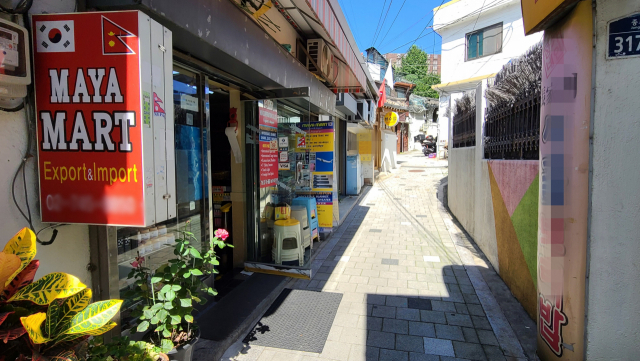

광희동 중앙아시아 마을
동대문구 광희동에 러시아, 우즈베키스탄, 카자흐스탄, 키르기스스탄, 몽골, 부리야트 사람들이 몰리기 시작한 것은 대략 1980년대 전후라고 합니다. 러시아계 보따리 상인들과 원단 중개무역 상인들이 동대문시장으로 몰려 왔고, 이들이 묵던 숙박시설과 환전소 등이 늘어 현재의 거리를 이루게 되었다고 하는데요, 지금도 무역업에 종사하는 사람들이 밀집해 있어 골목 곳곳에 몽골이나 중앙아시아 지역으로 가는 물류를 다루는 업체들이 성행하고 있습니다. 사람들이 사는 데에 가장 중요한 것이 먹거리기 때문에 이 지역에도 몽골과 중앙아시아 음식점이 밀집해 있는데요, 이곳은 이미 한국 사람들 사이에서도 유명해져 우즈베키스탄식 양꼬치와 만두 등을 먹으러 오는 사람들이 꽤 있습니다.
It is said that Russians, Uzbeks, Kazakhs, Kyrgyz, Mongolians, and Burats began to gather in Gwanghui-dong, Dongdaemun-gu around the late 1980s. Russians suitcase traders aren textile intermediaries flocked to Dongdaenum Market, and the accommodations and foreign exchange offices they stayed in creased, forming the current street. Even now, people engaged in trade are densely packed, and logistics companies that handle goods to Mongolia or Central Asia are thriving in alleys throughout the area. As food is the most important thing for people's lives, Mongolia and Central Asian restaurants are also concentrated in this area. This area has already become famous among Koreans, and there are quite a few people who come here to Uzbek-style lamb skewers and dumplings.


프랑스 서래마을
서울의 작은 프랑스로 알려진 서래마을은 1980년대에 이태원에 있던 서울프랑스학교가 이곳으로 이전을 한 후 자연스럽게 프랑스인이 서래마을에 몰리게 되면서 형성된 마을입니다. 서래마을이라는 이름의 유래는 마을 앞에 있는 개울의 모습을 본 떠 생겼다는 말이 있는데, '서래'란 '서리서리 흐른다'는 뜻이라고 합니다. 현재 한국에 거주 중인 프랑스인의 절반 정도가 이곳에 거주한다고 하는데요, 이곳에는 솜씨 좋은 레스토랑과 카페 및 와인바들이 즐비해서 수많은 한국인들도 데이트를 하거나 그곳의 분위기를 즐기기 위해 이곳을 찾고 있습니다.
Seorae Village, known as a small France in Seoul, was formed when French people naturally gahtered in Seorae Village after the Seoul French School, which was originally located in Itaewon, moved to this area in the 1980s. There is a saying that the name "Seorae" came from the appearance of a stream in front of the village, which means "flowing slowly". About half of the French people residing in Korea currently reside here, and there are many Korean people who come here to enjoy the atmosphere or go on dates at the skilled restaurants, cafes, and wine bars that are abundant here.
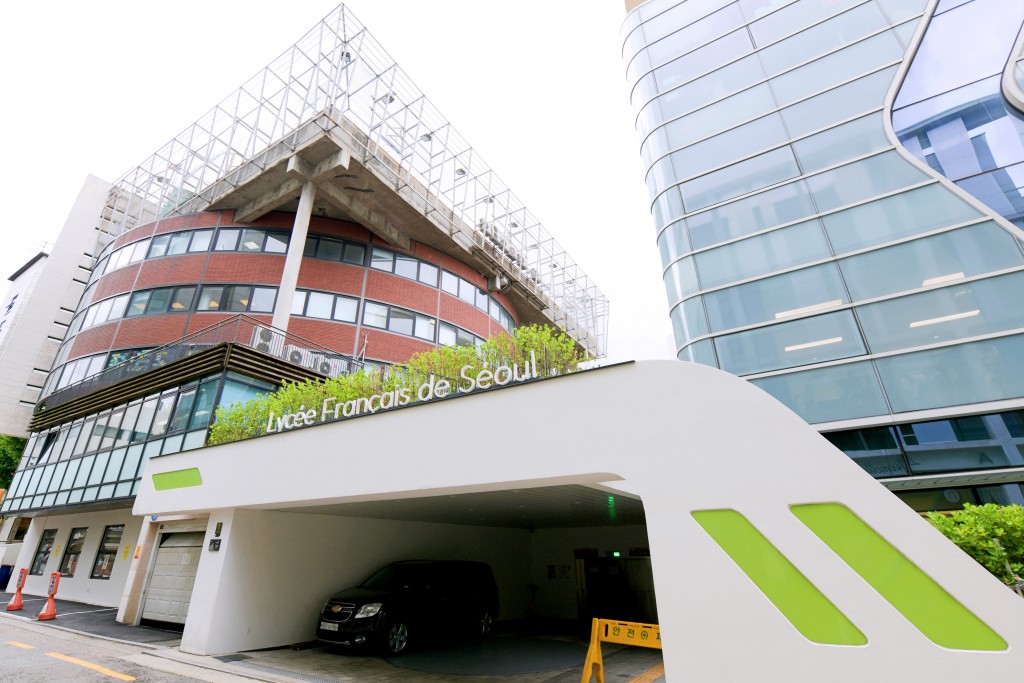

'Knowledge > Culture & History of Korea' 카테고리의 다른 글
| The story of the Han River | 한강 이야기 (0) | 2023.05.31 |
|---|---|
| Educational system of Korea | 한국의 교육제도 (0) | 2023.04.27 |
| Duty of Military Service of Korea | 한국의 병역 의무 (0) | 2023.03.25 |
| Korean Peninsula | 한반도 (0) | 2023.03.25 |




댓글 영역